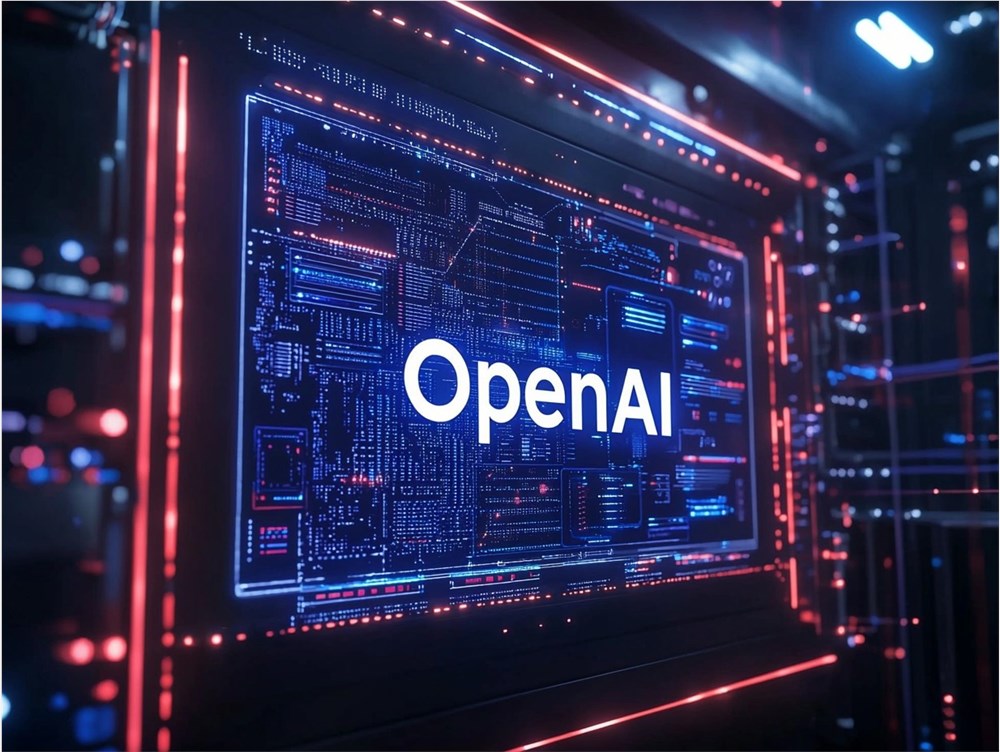Recently, well-known Apple analyst Ming-Chi Kuo revealed that Apple is actively exploring the development of humanoid and non-humanoid robots, considering them an important part of the future smart home ecosystem. This news follows a research paper released by Apple that discusses how humans interact with "non-humanized" robots, such as Pixar-style lamps.
Although Apple's research is still in the early proof-of-concept stage, Kuo noted that this study provides significant technological references for future consumer robots. He anticipates that mass production of Apple robots may not be realized until 2028, a timeline similar to the early stages of the Apple Car project.

Image Source Note: Image generated by AI, image authorized by service provider Midjourney
What sets Apple's research apart is its high level of transparency, which starkly contrasts with the company's usual secrecy. Kuo believes that Apple's decision to publicly share research findings is partly aimed at attracting top engineers to its robotics projects. In recent years, the robotics industry has faced a talent shortage, especially against the backdrop of rapid advancements in generative artificial intelligence, making public research an important recruitment tool for companies.
The research paper particularly emphasizes "non-humanized" design, aiming to distinguish robotic research from traditional humanoid robots. Kuo stated that Apple is more focused on how users perceive robots rather than their appearance. This means that sensing hardware and software will become the core of Apple's robotic technology.
Apple's robotic development may encompass various forms, ranging from fully humanoid household robots to smart home devices with mechanical arms. Currently, leaked information indicates that Apple is more inclined to develop non-humanoid robots similar to smart home displays rather than complex humanoid robots. This choice is considered more realistic, as the household robot market is still immature and consumer acceptance of high-end humanoid robots remains uncertain.
Meanwhile, the industrial robotics sector is also actively exploring pathways to make humanoid robots suitable for home use. Several companies, including 1X, Figure, and Apptronik, are working to bring industrial robotics technology into household settings. However, price and reliability remain significant challenges. Taking the high price of Apple's Vision Pro as an example, the cost of household humanoid robots may be even higher, and market adoption will take time.
Apple's cautious approach to robotics contrasts with its success in smart home and wearable devices. Although Silicon Valley has attempted to launch household robots multiple times with repeated failures, Apple still hopes to carve out new markets through technological innovation. In the coming years, as more leaked information emerges, the progress of Apple's robotics project will become a focal point of interest in the tech community.










